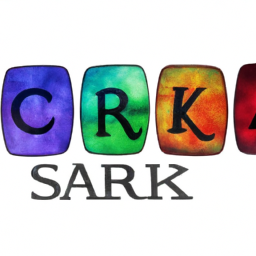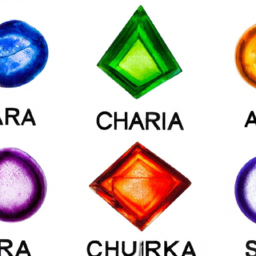
The concept of chakras has been an integral part of Eastern spiritual traditions for centuries. But who exactly invented and developed the concept of chakras is a subject of debate and speculation. Let us take a journey to explore the origins of chakras and the different theories surrounding its invention.
The Ancient Origins
The concept of chakras can be traced back to ancient India, where it was first mentioned in the Vedic texts, specifically in the Rigveda. The word ‘chakra’ comes from the Sanskrit word meaning ‘wheel’ or ‘circle’. In these ancient texts, chakras were described as energy centers or vortices located along the spine, with the main energy channel running along the center of the body.
The Invention of the Seven Chakras
It is believed that the concept of seven chakras, which is most commonly known today, was first introduced in the Vedas, specifically in the Upanishads. The Upanishads were philosophical texts written between 700 and 500 BCE, which elaborated on the energy centers and their connection to the human body and mind.
The seven chakras were believed to be located along the spine, starting from the base and extending up to the crown of the head. Each chakra was associated with a specific color, element, and psychological and physical functions. For example, the root chakra was associated with the color red, the element of earth, and the themes of survival and grounding.
Development and Influence in Other Spiritual Traditions
As the concept of chakras spread throughout ancient India, it also influenced other spiritual traditions such as Taoism and Buddhism. In Buddhism, the seven chakras were known as ‘wheels of energy’ and were connected to the practice of meditation and achieving enlightenment.
The concept of chakras also made its way into Chinese medicine, where it was referred to as the ‘dantians’ or ‘field of elixir’. These energy centers were believed to play a crucial role in the flow of qi, the vital energy of the body, and were associated with specific organs and emotions.
The Invention of the New Age Chakras
In the 1960s, the concept of chakras gained popularity in the Western world, mainly due to the influence of the New Age movement. This movement blended Eastern spiritual traditions with Western philosophies and practices, giving rise to the new age chakras.
The new age chakras were slightly different from the traditional seven chakras, with some variations in the location and the number of energy centers. For example, some new age practitioners believe in 12 chakras, with additional chakras located above the head and below the feet.
In Conclusion
While the concept of chakras has ancient roots in Indian spiritual traditions, the modern understanding and interpretation of chakras continue to evolve. From the traditional seven chakras to the new age chakras, the invention and development of chakras have gone through various influences and adaptations.
It is important to note that there is no single person or civilization credited with the invention of chakras. Instead, the concept has evolved over time, influenced by different cultures and beliefs, making it a universal concept that continues to fascinate and inspire people all over the world.





Fascinating to learn the origin of Chakras! #mindblown
LizbethBert: Good question!
Always interesting to reflect on the ancient wisdom that shaped many of the systems of belief in the modern world! #reflection
Definitely! An important historical journey to explore! #journeyintoancientwisdom